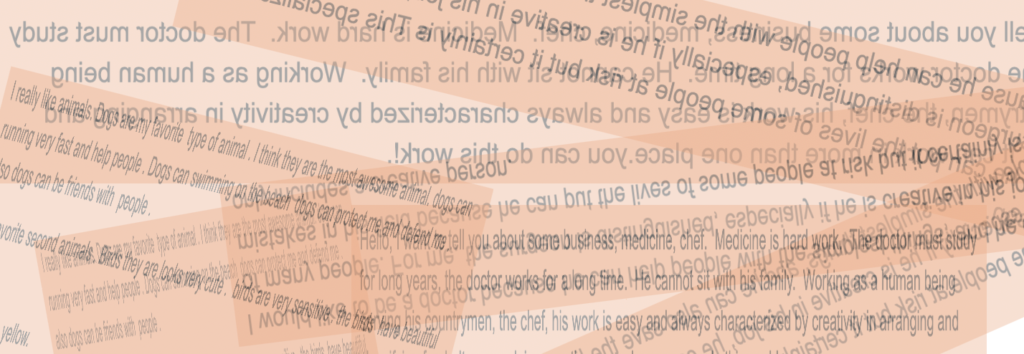Learning Theory: Writer’s Block

Over my 12 years of teaching ESL, I’ve taught all four skills, to some extent, online. Whether it was supplemental or compulsory (like in the last 2 months), a digital or online component to lessons is expected. Why not? Every student has a laptop, and if not, a phone. Show them that learning can take place anywhere and at any time. Help them take responsibility for their learning.
Reading? Isn’t that what the Internet was originally for? In a simple, targeted Google search, you can narrow down the English proficiency level and the topic, even finding accompanying quizzes and comprehension checks.
Listening? Easy. The amount of authentic, graded recordings is astronomical, if not overwhelming. Need a Scot going to the doctor’s? Done. A New Yorker buying sporting event tickets. Piece of cake.
Speaking? Even better. There are a plethora of free voice recording and VOIP apps. Do they even call them VOIP any more? The clarity and ease of the platforms makes it a crime to not dab into them.
Writing? Oh boy.
I was lucky enough to be the “Reading and Writing” teacher for two groups when covid-19 shut down my college. Granted, we were all asked to squeeze water out of rocks with this sudden and rather rude transition, but writing took a particularly hard hit.
I don’t mean to be overly philosophical, but the haptics of writing do seem important. Surely you’ve seen the occasional “the death of penmanship is the death of literacy!” in someone’s Facebook feed. Neuroscientists like Ron Kellogg at the University of St Louis and Edouard Gentaz of the University of Geneva believe that the ability to form letters and write impact the ability to read, and plenty of studies show that reading and writing have a “synergistic” or symbiotic relationship.
The act of putting pencil to paper seems quaint, but imagine your job is to LEARN a language, and that language uses a script that is very different from your own. Does your gut tell you that you could learn the script inside and out with the same recall and meaning if you never had to form it yourself? And would the words and sentences you type have the same quality as if you’d penned them yourself?
Well, the last question is thoroughly debatable. In ESL, exposure is crucial to acquisition, though not the same. I see this in my students, who are effectively surrounded by English, but not necessarily absorbing and creating it. Still, Jocelyn Chadwick, the president of the National Council for Teachers of English, believes that exposure is about seeing the value of writing everywhere, engaging students on all literary levels without judgement. This is a re-framing of the digital conundrum. Not so much do we give up on penmanship, but where can handwriting and texting and tweeting and blogging fit into our pedagogy? Better yet, where can our pedagogy fit into texting and tweeting and blogging?
Because it must. Because it does.
What I do know is that covid-19’s legacy is CHANGE in every sector. We’re being asked (or forced) to change how we physically place ourselves, how we get work done and how we run our lives. Now that we all have to have a certain digital literacy, we have to decide how we disseminate, instruct, construct, evaluate and assess learning.
From an ESL standpoint:
How can we bring writing instruction into the digital fold with the same robust infrastructure as the other skills?
What is it about writing that is difficult to translate into a digital format?
What can we do to make sure writing abilities don’t fall through the e-learning cracks?

Leave a Reply
You must be logged in to post a comment.